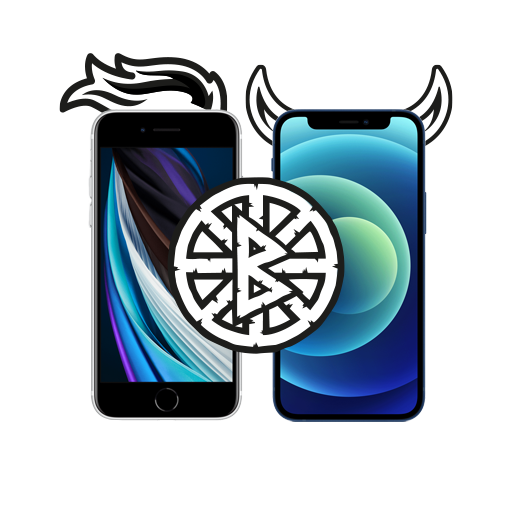As we all know (and mourned), Apple did away with their Touch ID with the launch of the iPhone X. This was a change greeted with mixed feelings from Apple lovers across the board. But love it or hate it, we’ve all learned to live with it.
Why Apple Bid Goodbye to Touch ID
When the iPhone X was launched in 2017, it came with a significant design change. The home button that screamed iPhone just as much as the Apple logo on the back was now a thing of the past. It was taken off the table to make space for the shiny new feature – an edge to edge display. This increased the screen real estate, making this the biggest iPhone screen to date. But what this meant was that along with the home button, the Touch ID too saw its end.
In its place, we got Face ID that used the iPhone’s TrueDepth camera to identify the user. A cool feature in itself, but could it replace Touch ID in our hearts? Nope.
Could Apple Have Held on to Touch ID?
Well, yes and no. Apple filed a patent for tech that would allow them to incorporate the Touch ID even without the home button. But as most things in life go, it obviously hit a roadblock and didn’t translate into reality. But, just because this design didn’t make it onto the 2017 or 2018 iPhones, doesn’t mean that it’ll be missing from the 2019 ones too. So, let’s get right into it and understand how exactly Apple might be planning to revive the Touch ID.
Apple’s Patent
The patent application, which was published by the US Patent and Trademark Office last week, makes apparent Apple’s wish to hold onto Touch ID. To overcome the difficulty created by doing away with the home button, the go-to choice would’ve been to put the Touch ID on the back of the iPhone as other brands have done. But all signs point to Apple being unwilling to do this.
So, they instead tried to incorporate the Touch ID directly onto the screen. For this, they filed for an “Electronic device including pinhole array mask above optical image sensor and laterally adjacent light source and related methods”. And the fact that this patent was filed way back in May 2016, a year before the launch of the iPhone X, suggests that Apple was trying its hardest to keep Touch ID.
How Would this Work?
How this would essentially work is through a bunch of tiny holes in the display with an optical image sensor placed beneath them. And when you’d put your finger against it, there would be light shone onto your finger. And that would be reflected into the optical sensor to read your fingerprint. But as cool as this sounds, it comes with its own set of problems massive enough to put it on hold.
Firstly, there is the issue of the number of holes (no pun intended). On the one hand, there have to be enough holes to cover a large enough area to read your fingerprint. But on the other, too many holes will be visible to the naked eye. And that will completely ruin the aesthetics of a display panel.
Secondly, you need to have a source of light directly adjacent to the optical sensor. Because sure, you could use the display’s light itself. But having a dedicated light source is infinitely more effective as you could have it produce infrared or ultraviolet light to better sense fingerprints. One way to do this is by putting a transparent layer between the display and the layer of pinholes used to shine the light. But would make the iPhone just all that bulkier? We’ll only know when and if Apple launches it.
The Alternative
This isn’t the only way that Tim Cook and team devised to keep the Touch ID alive. Their other plan made use of acoustic transducers. These would vibrate all across the display panel and read the changes produced in waves when a finger came in touch with the screen.
The Bottom Line
Both patents are effective ways of bringing the Touch ID back. But with the first one, while it’ll get the job done, it’ll not be revolutionary in any way. Brands like OnePlus have long incorporated fingerprint sensors directly onto their screen, so no one would blink an eye if Apple did too. Or, on second thought, we should give Apple some credit for flashy announcements. It’ll probably make it a big deal in the fashion of the dual SIM “revolutionary” tech launched by Apple.
But if Apple was to come through on the patent that makes use of acoustic transducers, it’ll indeed be a leap worthy of applause. This’ll turn their whole screen into a fingerprint sensor. And will save the user the time and effort of positioning their finger just so. And we’re lazy, so I say, bring it on, Apple!


